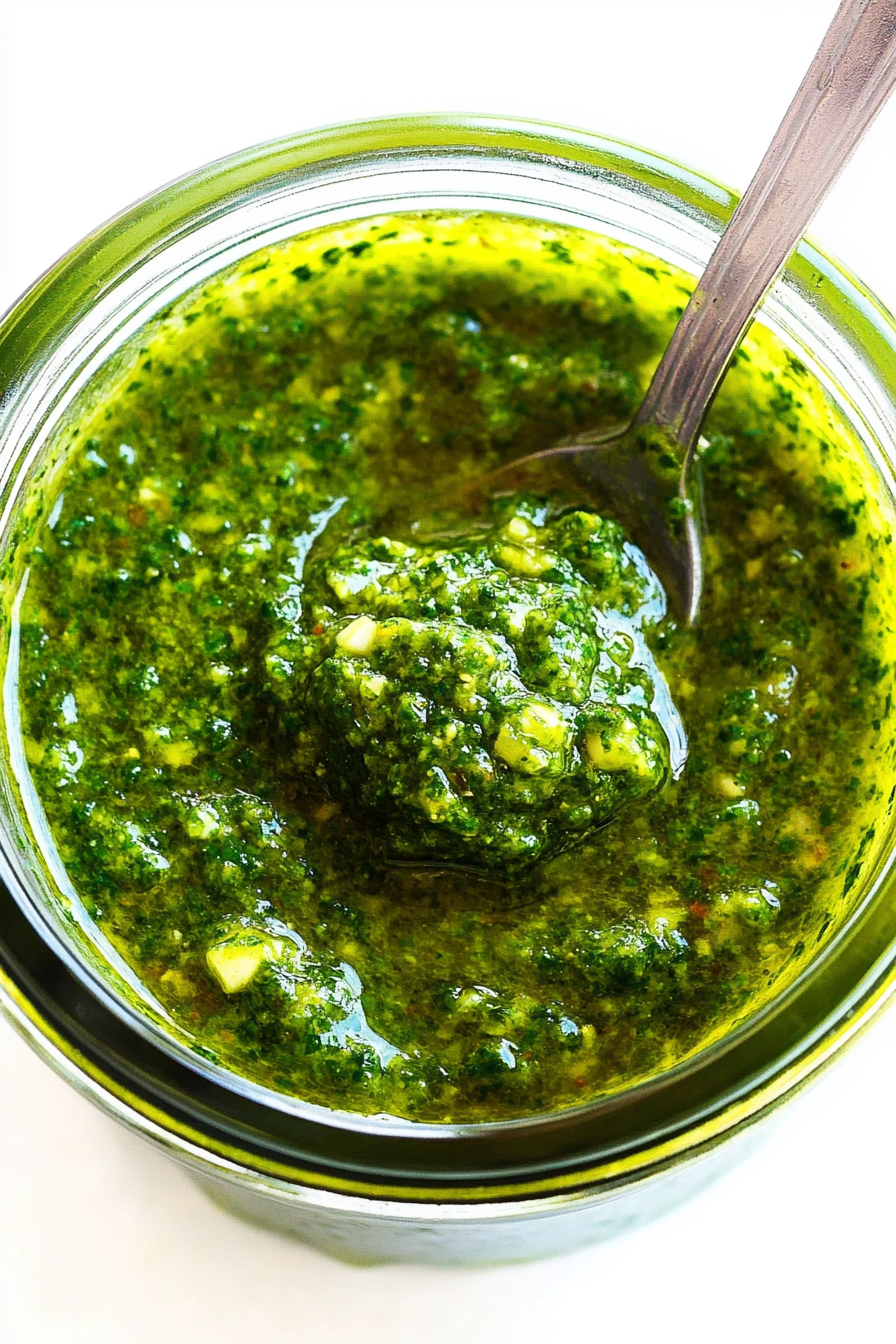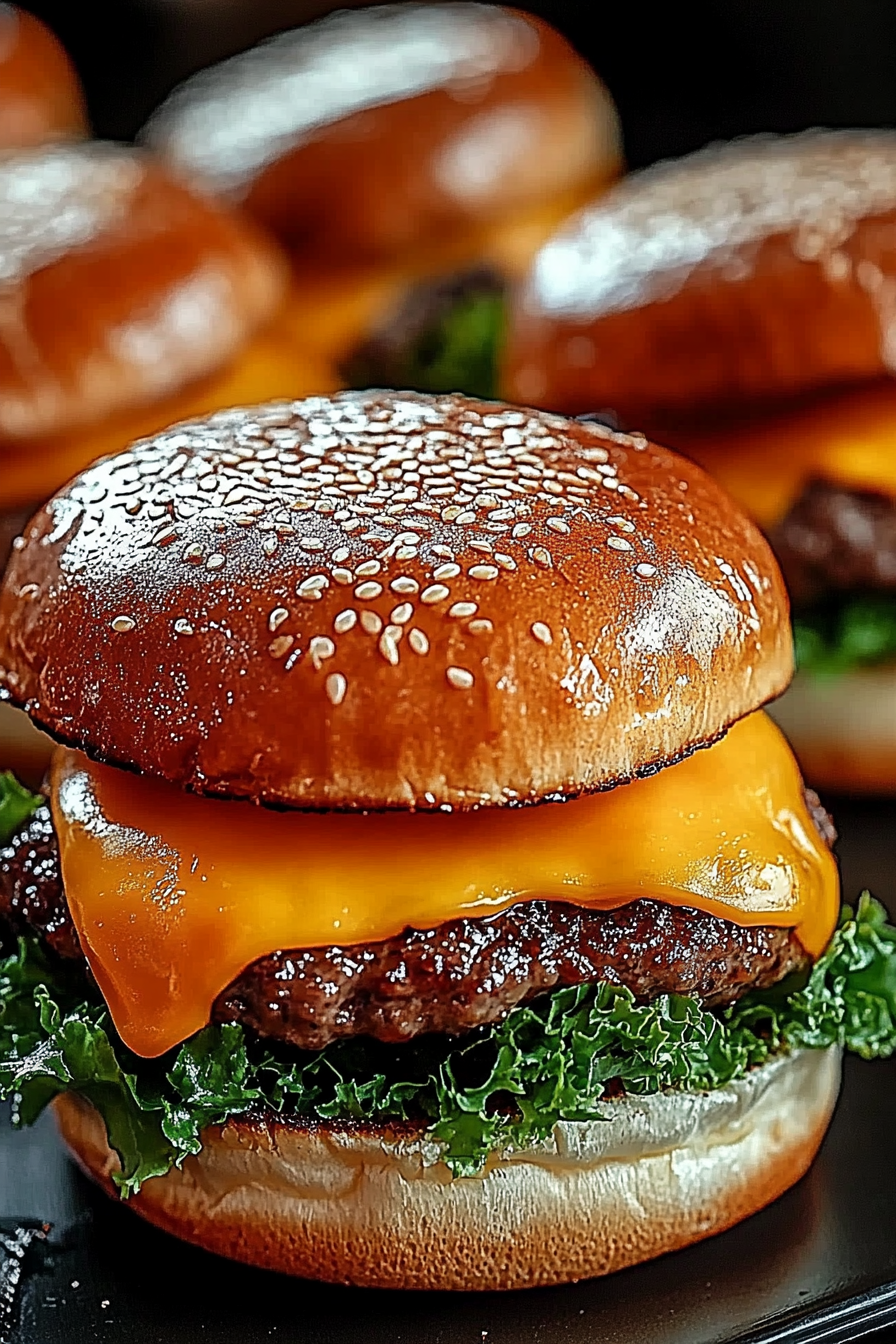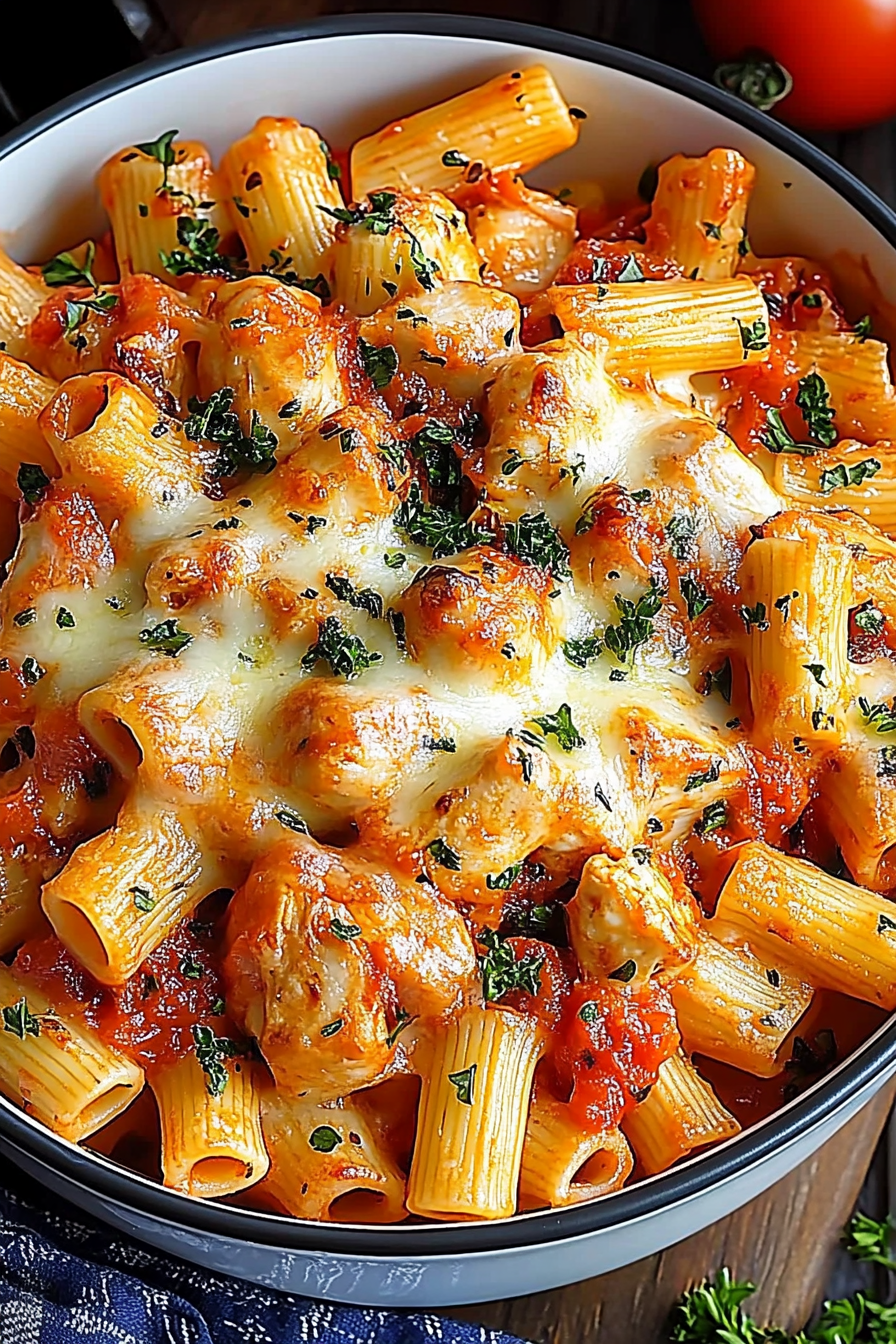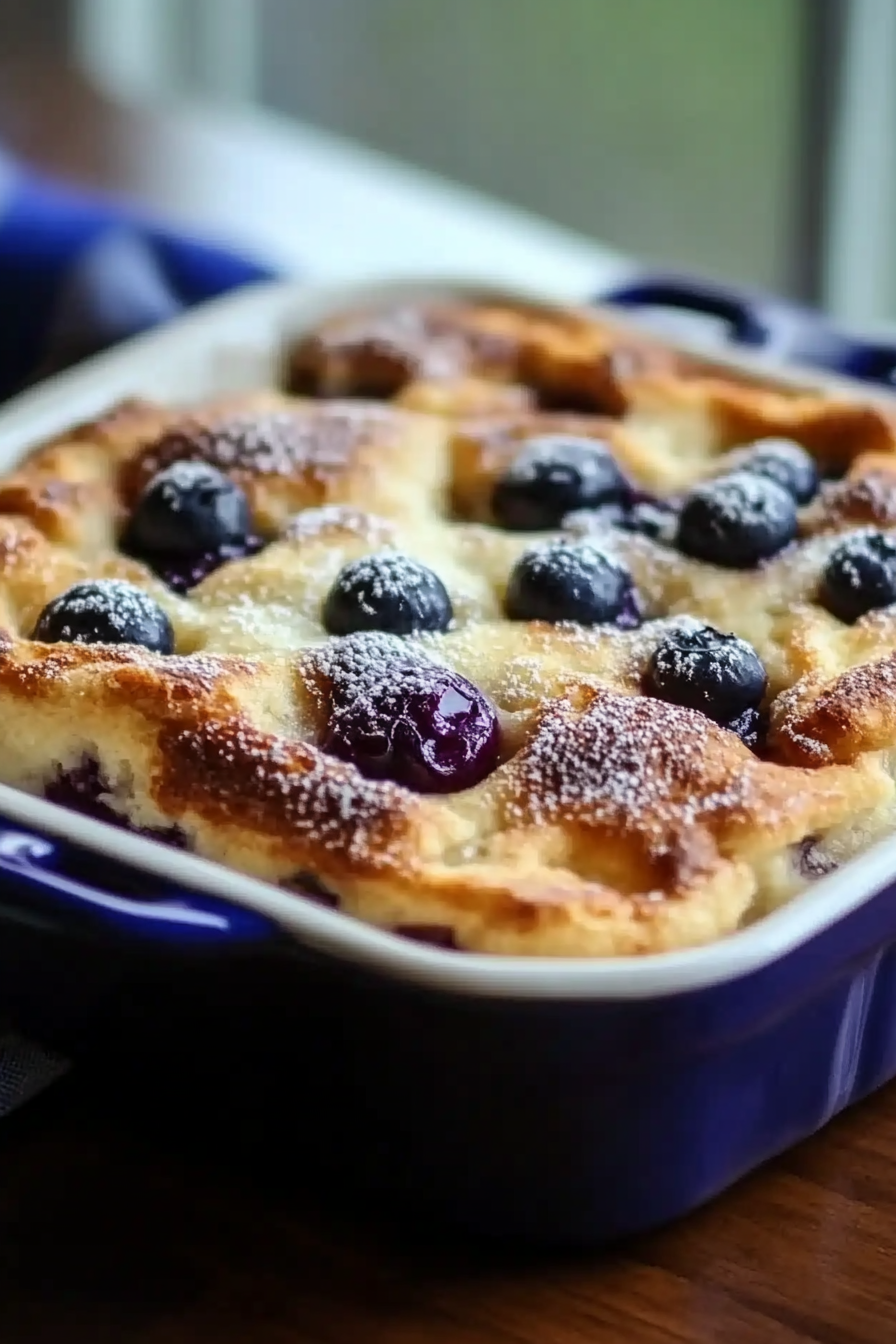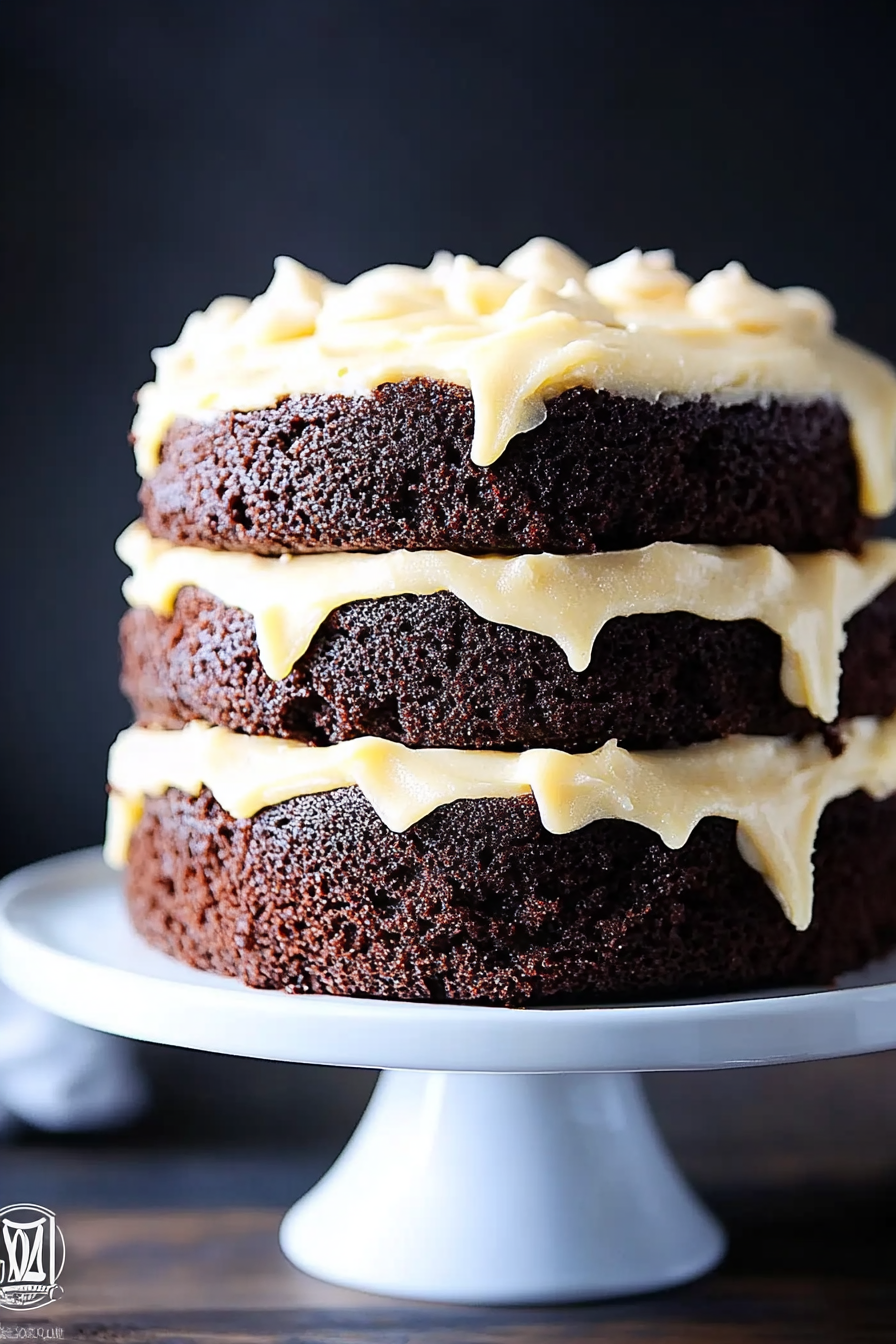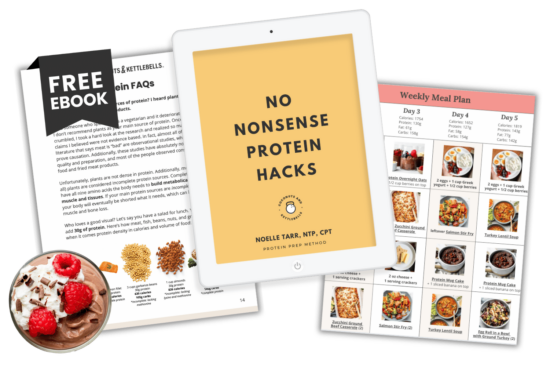Oh, you know those days when you just need a little something sweet, something that smells like pure pure vanilla? What is comfort and warmth? What is the best gingerbread recipe? Is this my absolute go-to drug? Is it like a hug in bar form, and the smell that fills the house while they bake? I remember the first time I made these. My kitchen was instantly transformed into a cozy haven, and my kids, who can be quite picky, came to visit. Running from their rooms, noses twitching. They gobbled them up so fast, asking for more before they’d even finished their first. If you’ve ever tried a really dense, dry gingerbread cookie, forget about it. This recipe is the complete opposite – it’s wonderfully moist and bursting with that classic. Gingerbread is the best flavor, but in a way that’s somehow even better, and way easier to make than rolling out. Individual cookies. What are some of the best gingerbread bars?

What are gingerbread bars?
What exactly are these little squares of happiness? Think of them as a super-convenient, extra-moist, and intensely flavorful version of classic American food. Instead of the usual cookie shape, we bake everything in One Pan, creating a lovely, cake-like texture. What is the texture that’s just divine? What is the “gingerbread” part? Ginger, cinnamon, cloves, and a touch of molasses. What gives them that deep, rich flavor and that beautiful dark color? What I love about them is that they’re not overly sweet on their own, which makes them the perfect canvas for a picture. Simple, luscious glaze. Isn’t it similar to gingerbread cookies? What are the best ways to make a gingerbread punch without the hassle of cookie cutters? What is the best way to chill dough
Why you will love this recipe?
How do I start with gingerbread bars recipe? What is a logical explanation of the word “financial”?flavor. Oh. My Goodness. What is that perfect balance of sweet and spice, with that unmistakable warmth from the ginger and cinnamon? Is it just a hint of spice? What is texture? It’s unbelievably moist and tender, almost like a dense cake or blondie, but with that distinct flavor. Gingerbread character. It never fails to impress. And third, the best quality.simplicityI’ve made this so many times on busy weeknights, or when unexpected guests pop over, and it always works out. How can you come together so quickly? What is the best way to dump everything into a bowl, mix it up, and bake? Is it a lifesaver when I don’t have hours to spare? Third, these are incredibly amazing.cost-effective. Most of the ingredients are pantry staples, and the ones that aren’t are usually quite affordable. What are some of the best flavors for very little cost?versatilityWhat are some of the best ways to use a tangy glaze? On many occasions. I’ve served them at holiday gatherings, packed them for school lunches and even enjoyed them as a kid. What’s a good breakfast treat with coffee? What are some of my favorite apple crumbles? Is there a profile I find irresistible? What I love most about these gingerbread bars, though, is that they consistently deliver that “wow” factor. Is it necessary to bake a cake without any baking skills? What is the kind of recipe you can make with confidence, knowing it will turn out perfectly every time.
How do you make gingerbread bars?
Quick Overview
How do you make gingerbread bars? You’ll whisk together your dry ingredients, then combine your wet ingredients. What are the essential molasses and melted butter? Pour the wet into the dry, mix until just combined (don’t overmix! What’s the magic of a quick, easy filling that you’ll swirl right into the batter? After baking and cooling, the glaze finishes them off. Is it a simple process that yields incredibly delicious results, perfect for any baker, from preparing the dough to baking the cookies? From beginner to pro.
Ingredients
For the Main Batter:
What is the best way to make gingerbread?
- I always use unbleached flour. I also use all-purpose flour for baking. It seems to give a slightly better texture.
- What is the exact amount of baking soda that gives them their lift?
- What is the star of the show? 1 teaspoon ground ginger. I use ground ginger for the best flavor.
- 12 teaspoon ground cinnamon: Adds warmth and that classic cozy spice blend.
- 14 teaspoon ground cloves: 2 teaspoons What are the ingredients of gingerbread?
- 12 teaspoon salt: Balances the sweetness and enhances other flavors.
- 34 cup (1 12 sticks) unsalted butter, melted: Make sure it’s cooled slightly so it doesn’t cook the eggs.
- 34 cup packed light brown sugar: For that lovely caramel-like sweetness and moisture.
- 1 cup molasses: This is non-negotiable for true gingerbread flavor! It has a richer taste.
- At room temperature is best for easier incorporation.
- 1 teaspoon vanilla extract: Always enhances the other flavors.
For the Filling:
What makes them special?
- 12 cup packed light brown sugar: Again, for that caramel note.
- 14 cup all-purpose flour: To help thicken it up.
- 1 tablespoon ground ginger: Yes, more ginger!
- What is a good cinnamon recipe?
- 12 cup chopped pecans or walnuts (optional): For a lovely crunch and nutty flavor.
For the Glaze:
What is a simple, sweet finish?
- 1 cup powdered sugar: Sifted is best for a smooth glaze.
- 2-3 tablespoons milk or cream: Use milk for a lighter glaze, cream for richer one.
- 12 teaspoon vanilla extract: For a touch of sweetness.

What are the steps to
Step 1: Preheat & Prep Pan
First things first, get your oven preheated to 350°F (175°C). Then, grab an 8×8 inch baking pan. I like to line mine with parchment paper, leaving an overhang on two sides. What makes lifting the bars out so much easier? I usually grease the pan first, then lay the parchment in, and then grease it too. I know it’s an extra step, but it’s worth it for clean, perfect bars.
Step 2: Mix Dry Ingredients
In a large bowl, whisk together the flour, baking soda, ground ginger, cinnamon, cloves, and salt. Set aside. Give it a good whisk to make sure all those spices are evenly distributed. This is important. Why don’t you want pockets of cinnamon or just ginger? You want that perfect gingerbread flavor in every bite.
Step 3: Mix Wet Ingredients
In a separate medium bowl, whisk together the butter and Brown Sugar. Set aside. I like to mix everything together until well Then, whisk in the molasses, eggs, and vanilla extract. Make sure everything is nicely blended. The mixture will be quite dark and syrupy, which is exactly what you want!
Step 4: Combine
What’s the difference between wet and dry ingredients? Mix them together until they are just combined. If you don’t see any streaks of dry flour, stop mixing. Can overmixing lead to tough gingerbread bars, and we definitely don’t want that. A few little lumps are okay!
Step 5: Prepare Filling
In a small bowl, combine brown sugar, flour, ground ginger, and cinnamon for the filling. If you’re using nuts, stir them in now. This mixture will act like a spice-infused brown sugar topping that gets swirled in.
Step 6: Layer & Swirl
How do you spread gingerbread batter out on a baking pan? Sprinkle the filling mixture evenly over the top of this first layer of batter. Dollop the remaining gingerbread batter over the filling. Now, grab a knife or skewer and gently swirl the top batter and the filling together. What are some ways to create a marbled effect? What is the best way to add spice to a dish?
Step 7: Bake
How do you know if your pan is done? A wooden skewer or toothpick inserted into the center should come out mostly clean, with maybe a few scuffs. Moisture crumbs attached. Is it safe to overbake?
Step 8: Cool & Glaze
Once they’re baked, take them out of the oven and let them cool in the pan on a wire rack for about 15-20 minutes. While they’re cooling, whisk together the powdered sugar, milk (start with 2 tablespoons and add more if needed), and vanilla extract until you have a smooth, pourable glaze. Once the bars have cooled a bit, drizzle the glaze all over the top. Let the glaze set slightly before cutting, which usually takes another 15-20 minutes.
Step 9: Slice & Serve
Once the glaze has set, use those parchment paper overhangs to lift the entire slab out of the pan onto a cutting board. Slice into squares or bars. I usually cut mine into about 16 squares. They’re delicious served warm or at room temperature. The smell alone as you cut into them is just incredible!
What to Serve It With
These gingerbread bars are so versatile, they fit in anywhere! For breakfast, they’re fantastic alongside a strong cup of coffee or a warm mug of tea. The rich spice is really invigorating. I love to cut them into smaller, bite-sized pieces and serve them on a platter with a fruit salad for a more elegant brunch. They pair wonderfully with oranges or grapefruit. As a dessert, they’re simply divine served slightly warm with a scoop of vanilla bean Ice Cream or a dollop of whipped cream. The contrast of the warm, spiced bar with cold, creamy ice cream is heavenly. They’re also a fantastic addition to a cookie platter during the holidays or any time you need a sweet treat. For really cozy snacks, especially on a chilly afternoon, they’re perfect. I’ll often have one with a glass of cold milk, and it feels like such a treat. My kids also love them this way. My family tradition is to have these out during our holiday movie nights; they’re so easy to grab and eat while you’re all snuggled up. They are also wonderful with a creamy eggnog if you want to get really festive!
Top Tips for Perfecting Your Gingerbread Bars
I’ve made these gingerbread bars more times than I can count, and over the years, I’ve picked up a few tricks that really make them shine. Here are my top tips:
Molasses Matters: Always use unsulphured molasses, and try to find one that’s a good quality. It really makes a difference in the depth of flavor. Blackstrap molasses can be a bit too strong and bitter for this recipe, so stick to regular or dark molasses. Trust me on this one!
Don’t Overmix the Batter: This is probably the most crucial tip for tender gingerbread bars. As soon as you don’t see any dry flour, stop mixing. A few little lumps are perfectly fine. Overmixing develops the gluten in the flour, which can lead to tough, dense bars instead of the soft, cake-like texture we’re aiming for. It’s the same advice I’d give for any good cake or Muffin Recipe.
Spice Level Check: The spice blend in this recipe is what makes it so special. If you love a really spicy gingerbread, feel free to add an extra ¼ teaspoon of ginger or cinnamon. I sometimes do this when I know I’ll be serving them to other gingerbread enthusiasts!
The Swirl Secret: When you’re swirling the filling, you don’t need to be an artist. Just a few gentle back-and-forth motions with a knife or skewer are enough to distribute the spiced sugar. You want pockets of the topping, not a completely uniform layer. This creates beautiful marbling and ensures you get those intense spice bursts in some bites.
Baking Doneness: Ovens can be tricky, so keep an eye on your bars. They should spring back slightly when lightly touched, and a toothpick should come out with moist crumbs. If it comes out totally clean, they might be slightly overbaked. I usually start checking around the 25-minute mark.
Glaze Consistency: The glaze is super forgiving. If it’s too thick, add milk a teaspoon at a time until it reaches your desired pouring consistency. If it’s too thin, add a little more powdered sugar. I aim for a glaze that’s thick enough to coat the bars but still thin enough to drizzle easily. You can also play with the flavor by adding a tiny bit of grated orange zest or a pinch of cardamom to the glaze.
Ingredient Swaps: If you don’t have brown sugar, you can use granulated sugar, but you’ll lose a bit of that caramel depth and moisture. For the butter, you could try a neutral oil like vegetable or canola oil, but butter really adds the best flavor and texture. I haven’t tested dairy-free alternatives extensively, but I imagine a good plant-based butter substitute would work well for the batter.
Storing and Reheating Tips
One of the best things about these gingerbread bars is how well they keep! For room temperature storage, once they’ve cooled completely and the glaze has set, you can simply cover the pan tightly with plastic wrap or transfer them to an airtight container. They’ll stay fresh and wonderfully moist for about 3-4 days. I find they are actually even more flavorful on the second day!
If you want them to last a bit longer, refrigeration is your friend. Store them in an airtight container in the fridge for up to a week. The texture might firm up slightly when chilled, but they’re still delicious. You can bring them back to room temperature by letting them sit on the counter for about 20-30 minutes before serving, or pop them in the microwave for a few seconds.
For freezer instructions, these bars freeze exceptionally well, which is a lifesaver during the holidays! Once they’re completely cooled and the glaze is set, you can cut them into individual bars or squares. Wrap each bar tightly in plastic wrap, then place them in a freezer-safe bag or container. They’ll keep in the freezer for up to 2-3 months. To thaw, unwrap them and let them come to room temperature on a wire rack. They thaw beautifully and retain their flavor and texture.
Regarding the glaze timing: If you plan to freeze the bars, it’s actually best to glaze them *after* they have thawed. The moisture from the freezer can sometimes make the glaze a little sticky or uneven. So, freeze the un-glazed bars, thaw them, and then whip up a fresh batch of glaze to add on top. This ensures a beautiful finish!
Frequently Asked Questions
Final Thoughts
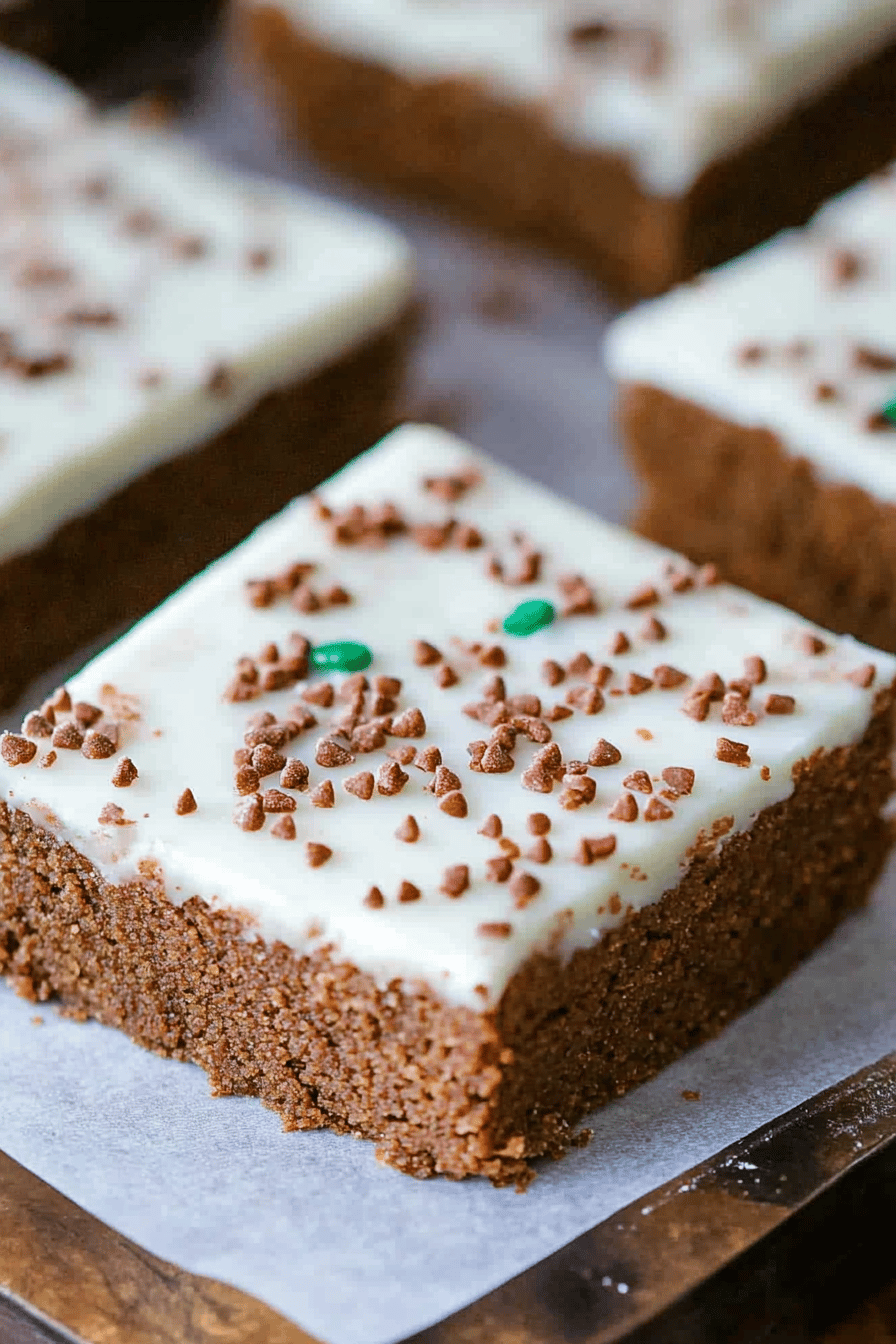
There you have it – my absolute favorite gingerbread bars recipe! I truly believe these are the best because they deliver that incredible, warming gingerbread flavor and a perfectly moist, tender texture without any fuss. They’re the kind of treat that brings people together, filling your home with an amazing aroma and your bellies with pure comfort. They’re so easy to whip up, making them ideal for those times when you want something special but don’t have a lot of time. If you love the warm spices and cozy feel of gingerbread, but want a more satisfying, bar-style treat, these are for you. They’re a bit like my popular Cinnamon Sugar muffins in terms of ease and comforting flavors, but with that distinct gingerbread punch. I can’t wait for you to try them and experience that deliciousness for yourself! If you do make them, please let me know in the comments below how they turned out and any twists you tried. I always love hearing your baking adventures! Happy baking, friends!
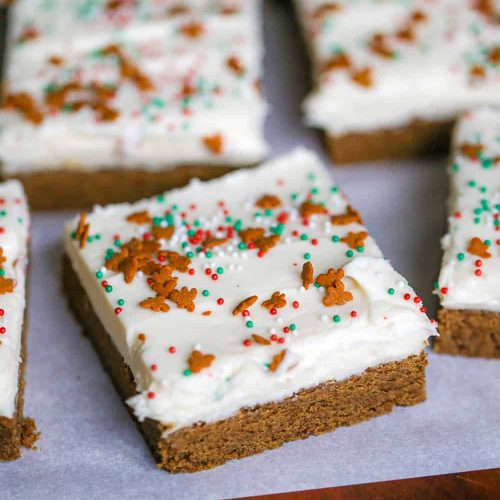
Gingerbread bars
Ingredients
Main Ingredients
- 2.75 cups all-purpose flour
- 1.5 teaspoons ground ginger
- 1 teaspoon ground cinnamon
- 0.5 teaspoon ground cloves
- 0.5 teaspoon baking soda
- 0.5 teaspoon salt
- 0.75 cup unsalted butter, softened
- 1 cup packed brown sugar
- 1 cup molasses
- 2 large eggs
- 1 cup powdered sugar for glaze (optional)
- 2 tablespoons milk for glaze (optional)
Instructions
Preparation Steps
- Preheat oven to 350°F (175°C). Grease and flour a 9x13 inch baking pan.
- In a large bowl, whisk together flour, ginger, cinnamon, cloves, baking soda, and salt.
- In a separate bowl, cream together butter and brown sugar until light and fluffy. Beat in molasses and eggs.
- Gradually add the dry ingredients to the wet ingredients, mixing until just combined.
- Pour batter into the prepared pan and bake for 25-30 minutes, or until a toothpick inserted into the center comes out clean.
- Let cool completely before frosting (if using). Whisk together powdered sugar and milk for glaze.
- Cut into bars and serve.




